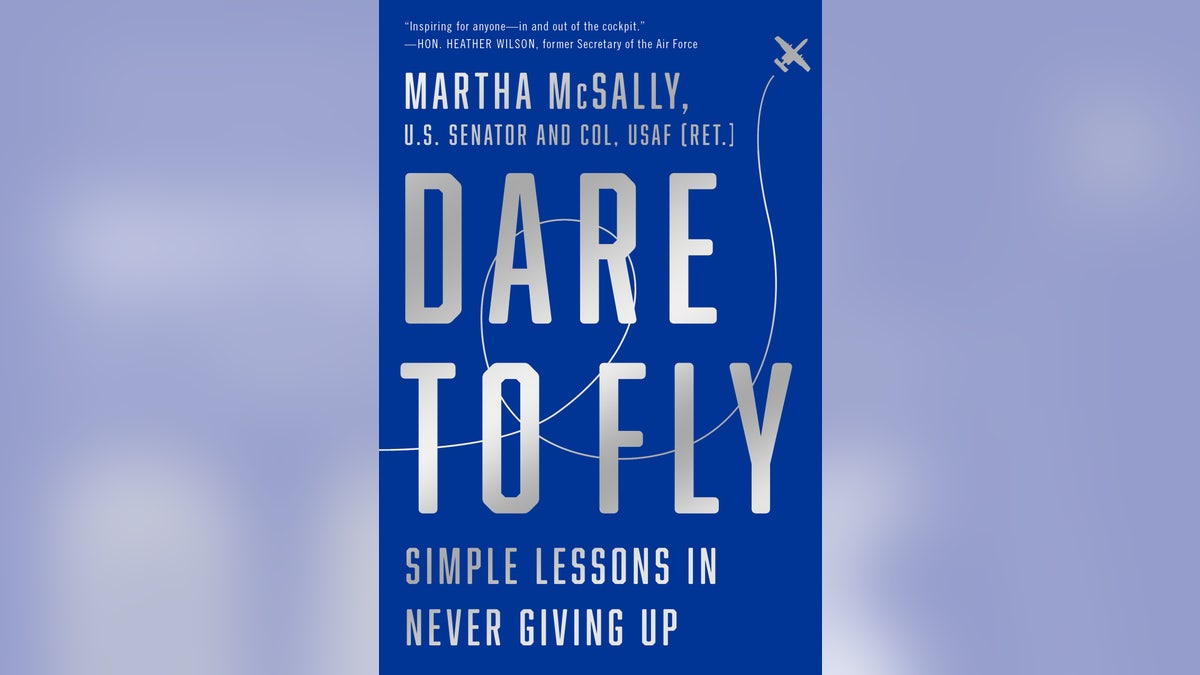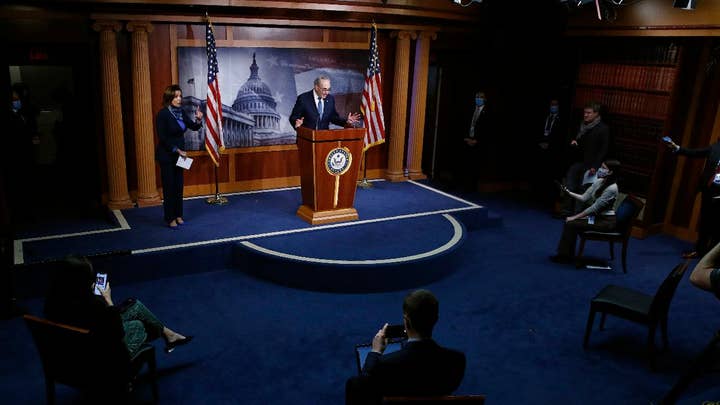Get all the latest news on coronavirus and more delivered daily to your inbox. Sign up here.
In September 2005, I was preparing for a “routine” A-10 combat mission in the skies over Afghanistan. Suddenly, our two planes were re-tasked to aid a team of U.S. special forces under hostile fire in a canyon in the south. Engines racing, we thundered down the runway and lifted off.
When we reached the canyon, the departing A-10 pilot told me where to find my target: look for a particular tree near a curve in the rocky terrain.
I made contact with the controller on the ground in charge of calling in the airstrike; he used a pocket mirror to shine the sun in my eyes so that I could see his location.
U.S. troops and insurgents were intermixed along the canyon walls, making the risk of friendly fire high. I found the target, and just as I set up my plane to start a deep dive to fire my 30 mm gun, my entire electronic cockpit display failed.
Called the Heads-Up Display, or HUD, it was the screen that showed all the aircraft’s critical flight and navigation information. It was also what I used to fire my weapons with total precision to hit my target. It was dead. And no amount of procedural checklist efforts could bring it back.
For as long as I had been flying the A-10, pilots were told that our entire HUD would probably never fail. Portions might degrade, but the whole display would most likely not go dark. But mine had.

I now had a choice: end the mission, wait at a high altitude with low fuel as another combat pair headed my way, risking that the U.S. troops on the ground would be over-run by insurgents, or make my attack run using essentially World War II tactics and math calculations that I had to write on a board strapped to my thigh. I knew immediately that my mission was more important than my fears.
I lined up my plane, told the controller on the ground I was coming “in hot,” and began my dive toward the ground and the target, flying at speeds of up to 350 miles per hour. I had about four seconds to make corrections on the final attack.
Doing things afraid isn’t about being reckless or cavalier. Doing things afraid is an intentional, deliberate process of learning how to confront fear and then moving forward in spite of it.
My choice that day is the same choice that millions of Americans have suddenly faced due to the COVID-19 pandemic: the choice to do things afraid. Each day, doctors, nurses, custodians, EMTs, grocery store workers, truck and delivery drivers, farmers and ranchers, warehouse and food processing workers, small business owners, and so many more have been asked to do their jobs afraid.
Doing things afraid isn’t about being reckless or cavalier. Doing things afraid is an intentional, deliberate process of learning how to confront fear and then moving forward in spite of it.
CLICK HERE TO GET THE OPINION NEWSLETTER
On my flight that day, I was fortunate; I had the benefit of years of training and the support of an entire ground crew. I felt the nauseating fear of failure, but I knew I must find the confidence to push through it, overcome, and do what was needed.
Today, as a nation, we need to give that same confidence and courage to those who serve others and are potentially putting themselves at risk, and to those who have lost jobs and businesses during this economic turmoil.
More from Opinion
Our support takes many forms, from ensuring that they have the best protection for their personal safety; to increasing testing, especially for those in high-risk environments; to finding ways to provide vital financial support for small businesses in need – and not special favors for well-connected special interests.
Those of us in government have a heightened responsibility to be problem-solvers, not problem creators. Each of us needs to keep following safe health practices as our country reopens. And we need to keep our situational awareness: the original bad actors who placed all of us in this position are the Chinese communist leaders, who punished their own citizens for speaking out and decided to conceal the truth of COVID-19 from every other nation in the world. Let us unite and remember that, not partisan squabbling.
CLICK HERE TO GET THE FOX NEWS APP
The many unknowns surrounding COVID-19 may make it feel as if our national HUD has failed. We are in uncharted territory and conditions may be challenging for some time. But in the last few months, I have seen so much courage, so many people who, despite the risks, have chosen to “do things afraid” for the higher good.
What ultimately happened in the Afghan canyon? Under the watchful cover of my wingman, I hit my target. He followed me, and, together, we launched five more strikes to keep our fellow Americans alive. The entire special forces team was safely extracted that night. We all succeeded that day, thanks to preparation, grit, and no small amount of prayer. I am confident that in the coming months, our county can do the same.

